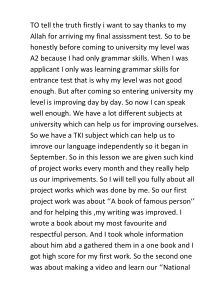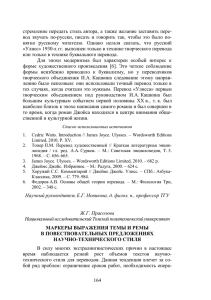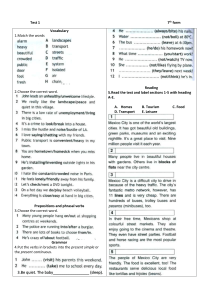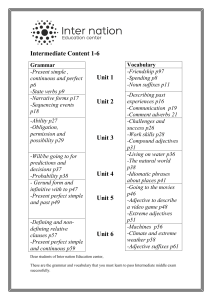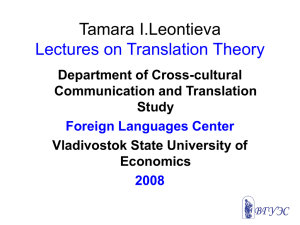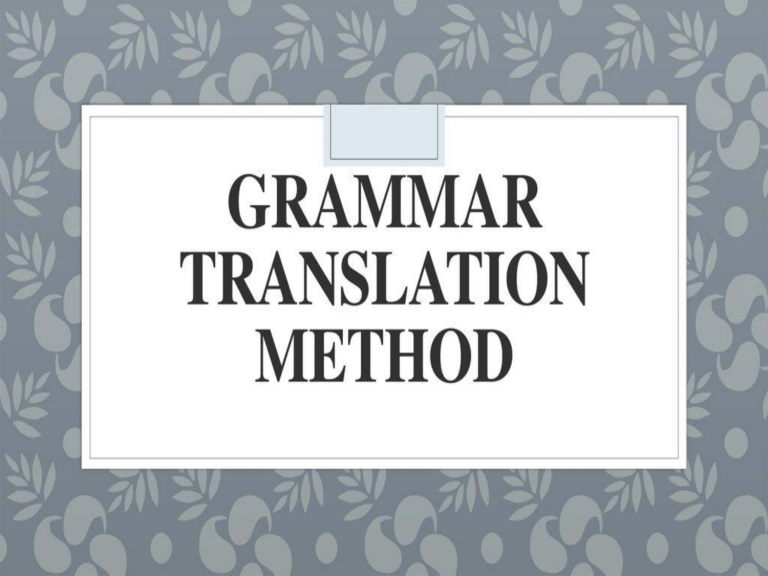
Definition The Grammar Translation Method (also known as the classical method, the traditional method, the prussian method), is a method of foreign language teaching in which the primary focus is on the study of the target language grammar, vocabulary and ultimately the translation of native language texts or sentences into the target language. Main Principles The underlying assumptions of the Grammar Translation Method are as follows: - Translation interprets the words and phrases of the foreign languages in the best possible manner. - The phraseology and the idiom of the target language can best be assimilated in the process of interpretation. - The structures of the foreign languages are best learned when compared and contrasted with those of mother tongue. Background The Grammar Translation Method (GTM) is reportedly the oldest and the most traditional method of foreign language teaching. Although the history of the Grammar Translation Method is not well-documented, it is generally assumed that the method stemmed from the teaching methods of Latin and to a lesser extent from Greek (Howatt, 1984). In the early 15th century Latin was the major foreign language due to its extensive usage in the government, academic, and business sectors. However, in the 16th century due to political upheavals, the importance of Latin gradually declined and some other languages such as French, Italian, and English gained prominence. In the 18th century, these languages were included in the curriculum of educational institutions of Europe. The first country to adopt the Grammar Translation Method was Germany, especially by Prussia, for which this method is also referred to as the Prussian Method. This teaching method was modelled after the same principles followed in the teaching of Latin; hence formerly it was also called the Classical Method. The method saw its heyday in the 19th century and came to be known as the Grammar Translation Method. However, its practice gradually ceased after the emergence of the Direct Method. Major Characteristics 1. Classes are taught in the mother tongue, with little active use of the target language. 2. Much vocabulary is taught in the form of a list of isolated words. 3. Long elaborate explanation is taught in the form of lists of isolated words. 4. Grammar provides the rules for putting words together, and instruction often focuses on the form and inflection of words. 5. Reading of classical texts is begun early. 6. Little attention is paid to the content of texts, which are treated as exercises in grammatical analysis. 7. Often the only drills are drills in translating disconnected sentences from the target language into the mother tongue. 8. Little or no attention is given to pronunciation. Objectives: * To enable the students to read, write, interpret, and translate the target language literature. * To make the students aware of their native language structure and vocabulary. * To improve the students’ reading, writing and translation skills through rote learning of vocabulary lists and grammar rules of the target language. * To develop the students’ general mental discipline. The Syllabus: The Grammar Translation Method follows a Structural Syllabus since the primary focus is to master the grammar rules and vocabulary of the target language. Teacher Roles: n the Grammar Translation Method, the teacher is the sole authority in the classroom as he controls and determines everything such as the content, tasks, etc. Furthermore, the teacher also provides the students with correct answers/feedbacks when they make errors. Learner Roles: The students are passive receiver of knowledge as they blindly follow whatever the teacher instructs them to do. The students are rarely allowed to start any interaction with the teacher. Whatever interaction occurs it is generally initiated by the teacher. The Role of Teaching/Learning Materials: The role of teaching/learning/instructional materials according to this method is to provide literary texts and encourage students to practice translation exercises. The texts also incorporate vocabulary lists and grammar rules for the students to memorize necessary for developing reading, writing and translation skills rather than listening and speaking. Techniques/Procedure In the Grammar Translation Method, the classroom procedure includes: a presentation of a grammatical rule, followed by a list of vocabulary and, finally, translation exercises from selected texts (Stern 1983, p453). Other activities and procedures can be the following: • reading comprehension questions about the text; • identifying antonyms and synonyms from words in the text; • memorising vocabulary selected from the reading texts; • forming sentences with the new words; • recognising and memorising cognates and false cognates; • practising fill-in-the-blank exercises; • writing compositions from a given topic. Advantages • As the classes are carried out in the mother tongue, teaching takes less effort and time, while the students can also learn much comfortably. Moreover, the teacher can assess whether the students grasped the lessons or not. • The translation exercises help the students to compare the native language with the target language, which in turn enhance their ability to understand the meaning of words and complicated sentences. In this way, they can learn the target language grammar in a relatively easy way. • The focus on understanding of the target language literary texts increases the students’ reading and writing skills. • The Grammar Translation Method also enables the students to understand how the mother tongue functions, in order to give them the capacity to communicate its thought. Advantages • The memorization of grammar rules and vocabulary of the target language provides the students with good mental exercise which helps to develop their mind. • As this method chiefly stresses on developing reading and writing skills, the teacher does not necessarily need to be fluent in the target language. • The study of target language literature helps the students to learn the best forms of language. • The emphasis on accuracy enables the students to learn the correct grammar of the target language. Disadvantages • The overemphasis on accuracy leads to repeated corrections of errors which hinders the consistency of learning. • This method overemphasizes accuracy to fluency. • It is a teacher-centred method since the role of the student is passive. • It ignores communicative competence as the goal of learning. • Little or no emphasis is given on listening and writing skills. • The students often fail to speak in real-life situations since they are familiarized with the target language culture through reading passages rather than by direct interaction with the target language elements. • Learning often gets dull and tiresome since the students need to memorize lots of vocabulary items and grammar rules.
